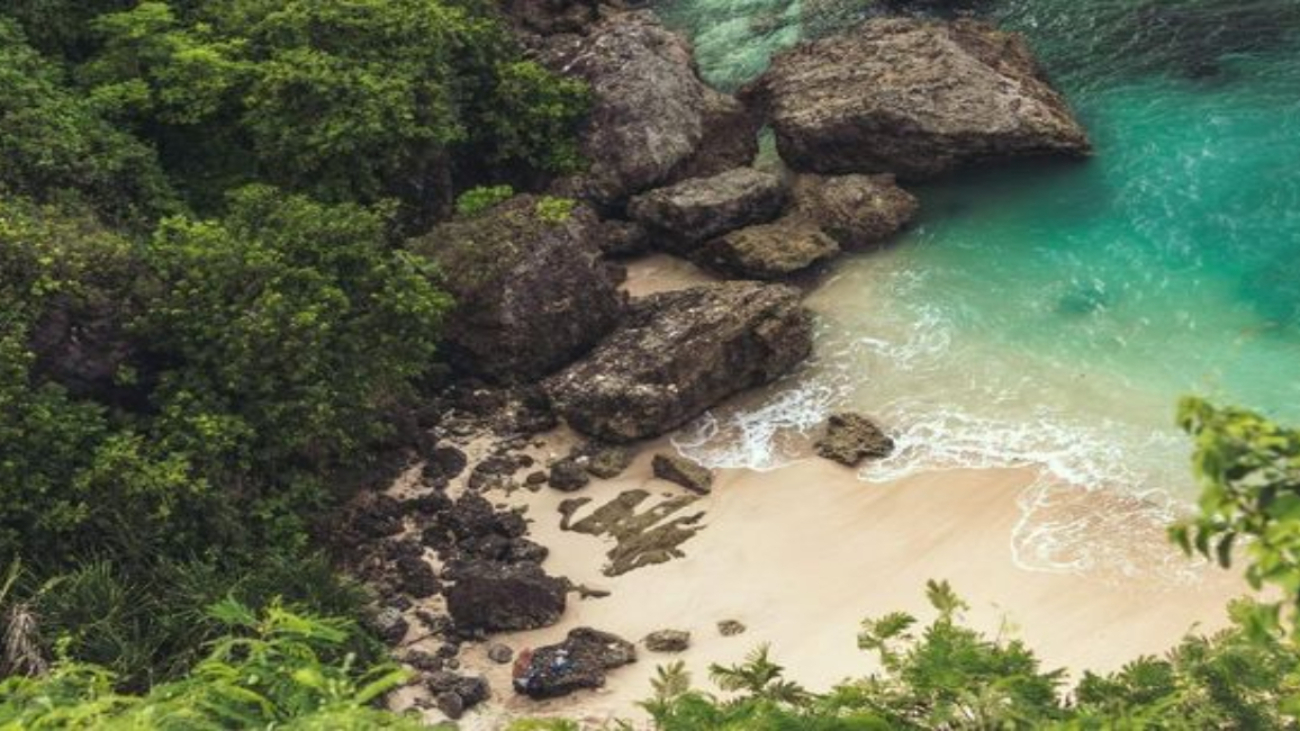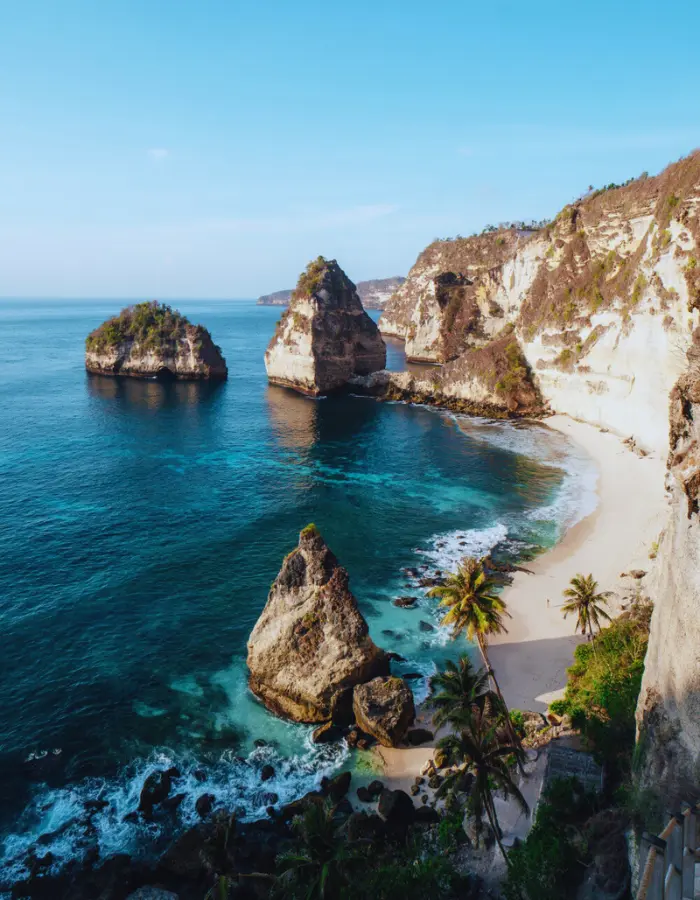A tiny speck of land barely a mile long, Rose Island’s outsized role across centuries belies its petite proportions today. Originally inhabited by indigenous tribes, the island transformed when the British established a penal colony and prison here in the late 1700s to house political dissenters and mutineers. As Britain’s most secure jail location at the time, Rose Island operated for over 50 years as everything from storehouses to administrative offices supported the burgeoning village that included guard residences. Prison conditions remained notoriously harsh with extreme torture tactics employed under the island’s long-term superintendent Sir Hugh Rose.
During WWII, Rose Island lived on as a strategic British naval and air base during the Japanese occupation of the Andamans until Indian independence in 1947. Today this former colony exists as a quiet tourist day trip destination operated by the Andaman government. Visitors arrive by ferry to explore poignant ruins that serve as haunting reminders of the suffering within these shores. Key relics span abandoned jail cells, decrepit structures and a British cemetery. Yet amidst the devastating history, the island now fosters new life as a spotted deer refuge and location of tropical hiking trails through mangrove lagoons.
Deer Park

Rose Island‘s Deer Park serves as a refuge for chital deer rescued from around the Andamans. Visitors can get up close to these gentle creatures marked by their rust-coloured fur with white spots. See impressive antlers on the males as they graze and lounge around in the shade of tropical almond trees. Feed bags let you interact directly with these incredibly tame deer that wander the park. For delightful wildlife encounters, don’t miss Deer Park.
British Colony Ruins

History buffs flock to Rose Island seeking remnants of the former British penal colony and village here prior to Indian independence. While structures no longer stand, plaques denote locations like the bakery, church and stores. Imagine the daily lives of guards kept close watch. Nearby find the overgrown jail cell remnants as well as a British cemetery paying homage to lives lost so far from home.
Light and Sound Show

After sunset, an entertaining light and sound production recounts Rose Island’s unique legacy as both a British colony and WWII base. Not only does the 50-minute show spotlight the island’s role in housing political prisoners and dissidents, but it also covers the Japanese occupation and later transition to Indian rule post-1947. Narrated scenes shine colourful lights on the ruins while the audio plays voices from the past.
Man Made Caves
A unique aspect of Rose Island’s history can be witnessed by touring its man-made cave network carved deep under the island’s surface. Dating back to the late 1800s when used for British food and ammunition storage, the tunnels prove impressively constructed with ocean access and ventilation systems still intact. Now mostly abandoned bat habitats, the caves provide cool respite as visitors imagine bustling naval activity from centuries past. Emerge back into the sunshine and sounds of tropical birds at Rose Island’s central pond reportedly built for British naval commander recreation in the early 1900s.
Pond

Tree-lined and dotted with bright pink water lilies, the pond offers a serene backdrop seemingly at odds with Rose Island’s notoriety as a high-security prison island for decades. An iconic photo stop for travellers, pause here imagining British officers rowing for leisure long ago as lizards skitter past and raptors soar over emerald palms swaying on the breeze. A place of reflection amid Rose Island’s complex history.


